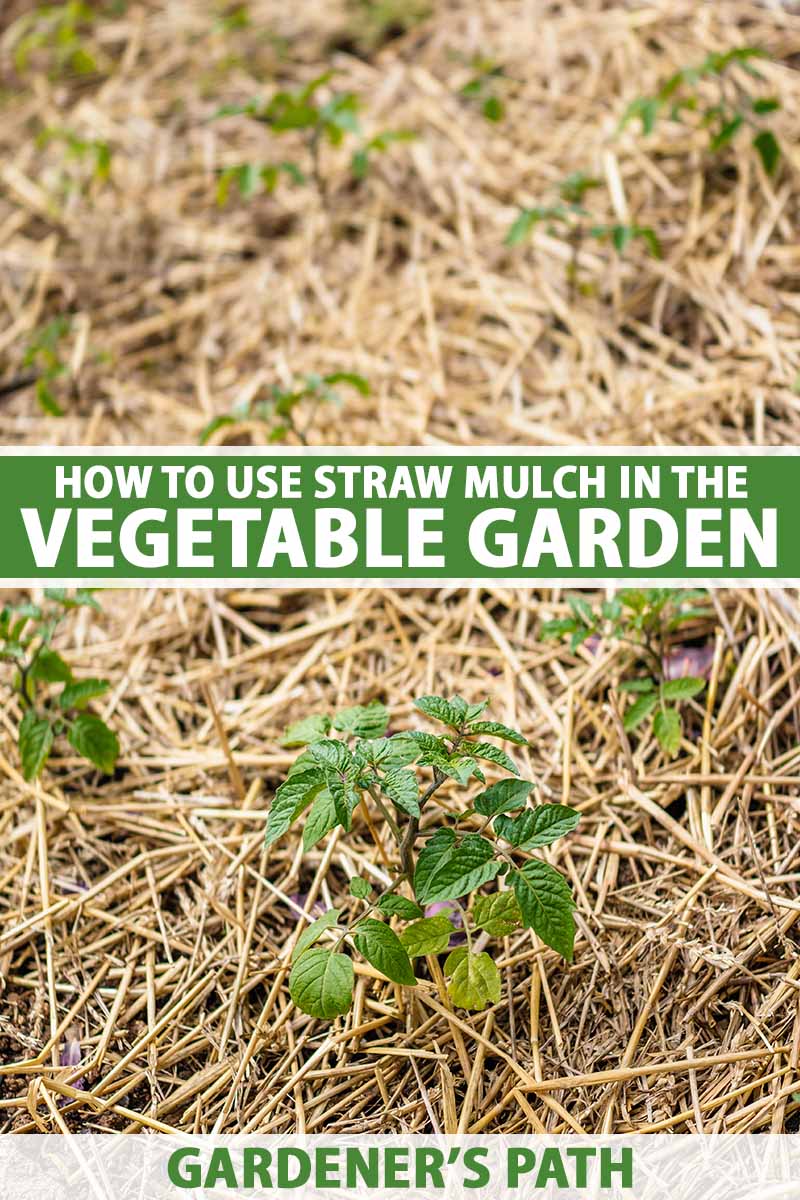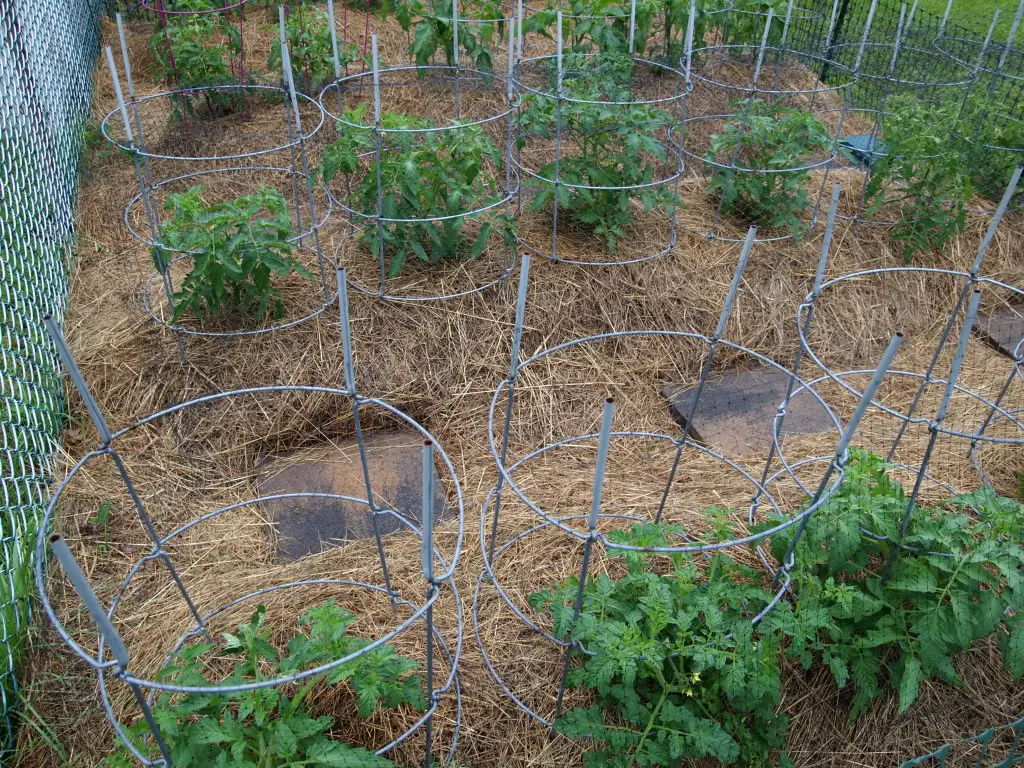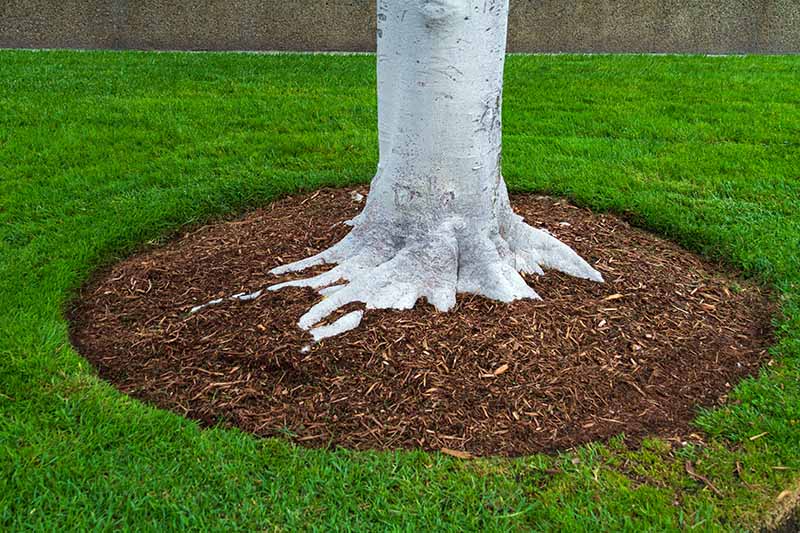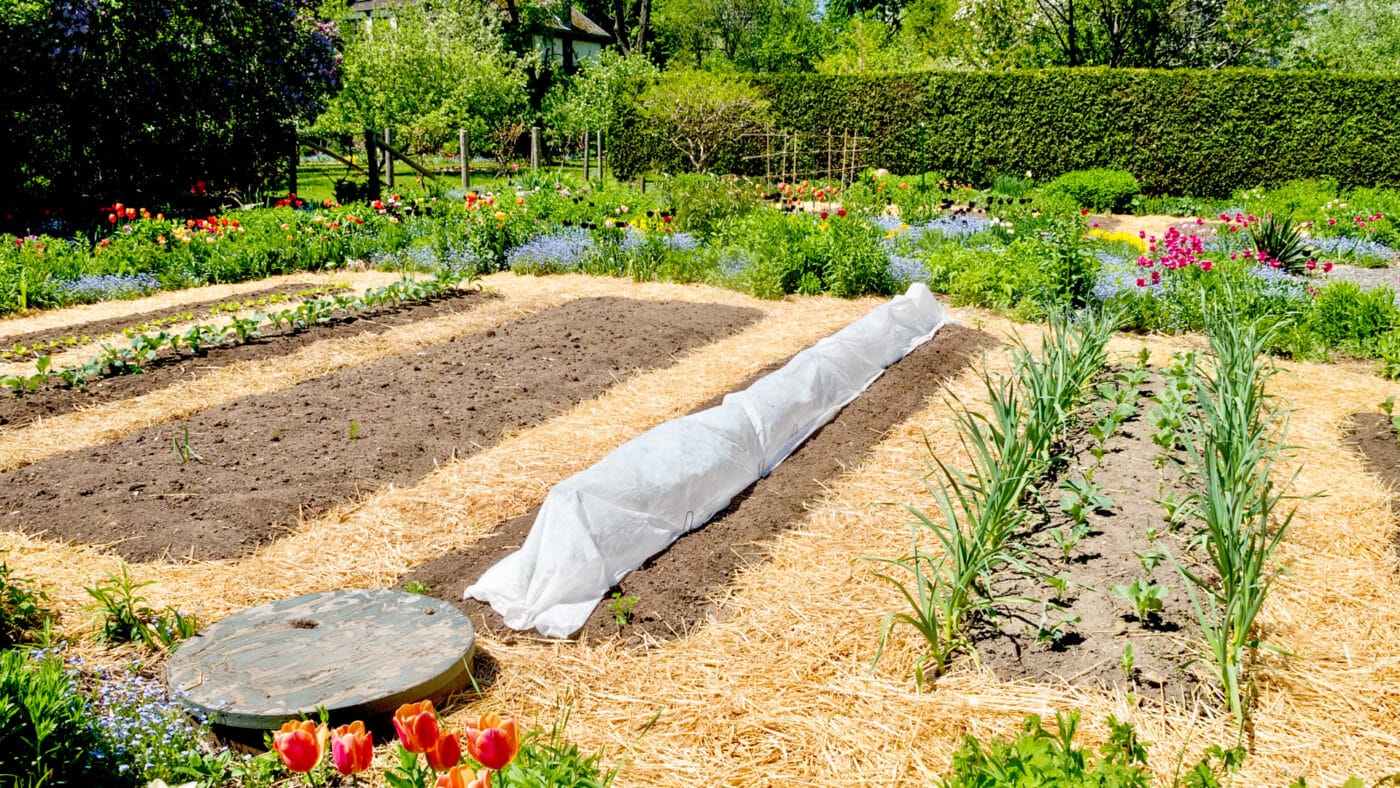Straw Mulch: The Secret To A Healthy Garden
Straw Mulch: The Secret to a Healthy Garden
Straw mulch is a versatile and effective way to improve your garden. It can help to suppress weeds, retain moisture, and improve soil health. Straw is also a natural, renewable resource that is relatively inexpensive.
In this blog post, we will discuss the many benefits of straw mulch and how to use it effectively in your garden. We will also provide tips on how to choose the right type of straw and how to apply it correctly.
Benefits of Straw Mulch
There are many benefits to using straw mulch in your garden. Here are a few of the most important:
- Suppresses weeds: Straw mulch creates a physical barrier that prevents weeds from germinating. This can save you a lot of time and effort in weeding your garden.
- Retains moisture: Straw mulch helps to keep the soil moist, which is especially important during hot, dry weather. This can help to reduce your watering needs and keep your plants healthy.
- Improves soil health: Straw mulch decomposes over time and adds organic matter to the soil. This helps to improve the soil's structure, drainage, and fertility.
- Attracts beneficial insects: Straw mulch provides a habitat for beneficial insects, such as ladybugs and earthworms. These insects help to control pests and improve pollination.
- Protects plants from the elements: Straw mulch can help to protect plants from the wind, rain, and snow. This can help to prevent damage to plants and reduce the risk of disease.
How to Use Straw Mulch
To use straw mulch effectively, you will need to choose the right type of straw and apply it correctly.
Choosing the right type of straw
There are many different types of straw available, but not all of them are created equal. When choosing straw mulch, you will want to look for straw that is free of weeds, seeds, and pests. You will also want to choose straw that is the right size for your application. For example, if you are using straw to suppress weeds in a vegetable garden, you will want to use a short-stemmed straw.
Applying straw mulch
Once you have chosen the right type of straw, you will need to apply it correctly. The best time to apply straw mulch is in the fall or early spring. This will give the straw time to decompose before the growing season begins.
To apply straw mulch, you will need to spread it evenly over the soil surface. The thickness of the straw mulch layer will depend on the type of plants you are growing and your climate. In general, you will want to apply a layer of straw mulch that is 2-4 inches thick.
Tips for using straw mulch
Here are a few tips for using straw mulch effectively in your garden:
- Water the straw mulch after you apply it. This will help to settle the straw and prevent it from blowing away.
- Add a layer of compost or other organic matter to the straw mulch. This will help to improve the soil's fertility and drainage.
- Remove any weeds that grow through the straw mulch. This will help to prevent the weeds from spreading.
- Reapply straw mulch as needed. The straw mulch will decompose over time, so you will need to reapply it every year or two.
Conclusion
Straw mulch is a valuable tool for any gardener. It can help to suppress weeds, retain moisture, improve soil health, and protect plants from the elements. If you are looking for a way to improve your garden, consider using straw mulch.
Straw mulch is a natural and sustainable way to improve your garden. It helps to retain moisture, suppress weeds, and protect your plants from the elements. But what kind of straw is best for mulch? And how much should you use?
If you're looking for answers to these questions, I recommend visiting Garden Wiki. This website has a wealth of information about straw mulch, including the different types of straw available, how to apply it, and the benefits it can offer your garden.
In addition to its informative articles, Garden Wiki also offers a helpful forum where you can ask questions and get advice from other gardeners. So whether you're a seasoned pro or just starting out, Garden Wiki is the perfect resource for learning more about straw mulch.
FAQ of straw mulch
1. What is straw mulch?
Straw mulch is a type of organic mulch that is made from chopped straw. It is a common and affordable mulch that is used in gardens and landscaping. Straw mulch helps to suppress weeds, retain moisture, and improve soil aeration.
2. What are the benefits of using straw mulch?
Straw mulch has many benefits, including:
- Suppresses weeds: Straw mulch creates a physical barrier that prevents weeds from germinating.
- Retains moisture: Straw mulch helps to keep the soil moist, which is important for plant growth.
- Improves soil aeration: Straw mulch helps to improve the drainage and aeration of the soil, which can help to prevent root rot and other plant diseases.
- Attracts beneficial insects: Straw mulch can attract beneficial insects, such as ladybugs and lacewings, which help to control pests.
- Decomposes into the soil: Straw mulch decomposes into the soil over time, providing nutrients to plants.
3. What is the best type of straw for mulch?
The best type of straw for mulch is wheat straw. Wheat straw is relatively weed-free and decomposes quickly. Other types of straw, such as oat straw and barley straw, can also be used as mulch.
4. How thick should straw mulch be?
Straw mulch should be applied in a layer that is 2-4 inches thick. A thicker layer of straw will provide more weed suppression and moisture retention.
5. How often should straw mulch be replenished?
Straw mulch should be replenished as needed. The frequency of replenishment will depend on the amount of rainfall and the type of straw used. In general, straw mulch should be replenished every 6-12 months.
Image of straw mulch
5 different images of straw mulch from Pinterest:
- Image 1: A pile of straw mulch in a garden. The straw is a light brown color and has a slightly rough texture.

- Image 2: A bed of strawberries mulched with straw. The straw is a dark brown color and is spread in a thick layer around the plants.
- Image 3: A row of tomatoes mulched with straw. The straw is a golden brown color and is spread in a thin layer around the plants.

- Image 4: A tree surrounded by straw mulch. The straw is a light brown color and is spread in a thick layer around the base of the tree.

- Image 5: A flower bed mulched with straw. The straw is a bright yellow color and is spread in a thin layer around the flowers.


Post a Comment for "Straw Mulch: The Secret To A Healthy Garden"